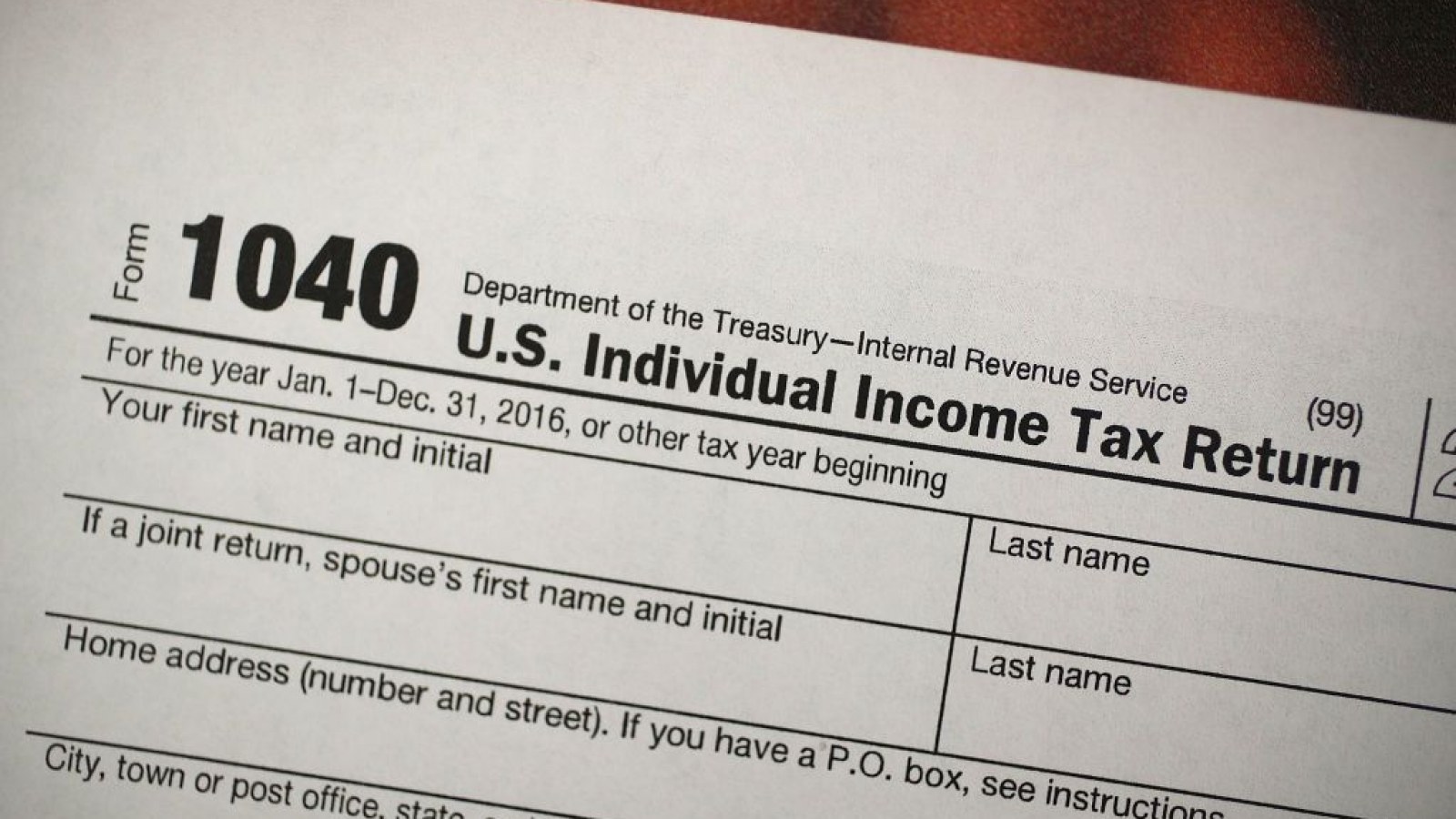Home>Finance>Pump Priming Definition, Examples Of Use In The U.S., Japan


Finance
Pump Priming Definition, Examples Of Use In The U.S., Japan
Published: January 13, 2024
Learn about the definition and examples of pump priming in the finance industry in the U.S. and Japan. Discover how this essential economic strategy stimulates growth and recovery.
(Many of the links in this article redirect to a specific reviewed product. Your purchase of these products through affiliate links helps to generate commission for LiveWell, at no extra cost. Learn more)
Pump Priming: A Powerful Tool for Economic Growth
Finance is a broad category that encompasses various aspects of managing money, investing, and building wealth. Today, we delve into a concept that can significantly impact economic growth – Pump Priming. In this blog post, we will define Pump Priming, explore examples of its use in the United States and Japan, and shed light on its powerful role in stimulating economic activity.
Key Takeaways:
- Pump Priming refers to government actions aimed at stimulating economic growth and reducing unemployment.
- It involves injecting funds into an economy through various methods, such as public spending, tax cuts, or financial incentives.
What is Pump Priming?
Pump Priming, also known as fiscal stimulus, is an economic strategy used by governments to jump-start economic activity during times of recession or slow growth. The concept draws its analogy from priming a pump, where initial efforts are made to get the fluid flowing. In economics, Pump Priming involves injecting funds into an economy to stimulate spending, boost production, and create jobs.
In essence, Pump Priming involves government actions, policies, or programs that aim to increase consumer spending and business investment. By doing so, the government hopes to invigorate the economy, promote growth, and reduce unemployment.
Examples of Pump Priming in the United States:
Throughout history, the United States has implemented various strategies to prime the economic pump. Here are a couple of notable examples:
- The New Deal: During the Great Depression in the 1930s, President Franklin D. Roosevelt introduced the New Deal, a series of economic programs aimed at stimulating the economy and providing relief to those affected by the financial crisis. The New Deal included initiatives such as the creation of jobs, investments in infrastructure, and social welfare programs, thereby injecting funds into the economy and encouraging spending.
- The American Recovery and Reinvestment Act (ARRA): In response to the 2008 financial crisis, President Barack Obama signed the ARRA into law. The ARRA included a variety of measures, including tax cuts, infrastructure investments, and grants to stimulate economic growth and create jobs. By injecting funds into the economy, the government aimed to restore confidence, increase consumer spending, and kickstart the recovery process.
Pump Priming in Japan:
Japan is another country that has utilized Pump Priming to address economic challenges and propel growth. Here’s an example:
- “Abenomics”: Under the leadership of Shinzo Abe, the Japanese government implemented a series of monetary and fiscal policies collectively known as “Abenomics.” These policies aimed to combat deflation, stimulate economic growth, and boost investment. The strategy included measures such as increased public spending, monetary easing, and structural reforms to increase competitiveness.
The Power of Pump Priming:
Pump Priming can be a powerful tool for governments to combat economic downturns effectively. By injecting funds into the economy, it can:
- Stimulate spending and demand for goods and services
- Encourage business investments and expansion
- Create new employment opportunities and reduce unemployment rates
- Boost consumer confidence and restore economic stability
However, it’s crucial for governments to balance the use of Pump Priming with careful fiscal management to avoid excessive debt and inflation. Effective implementation and monitoring of these policies play a crucial role in achieving desired results.
Conclusion:
In the realm of finance, Pump Priming stands as a crucial tool for governments to invigorate economic growth and combat recessions. By injecting funds into the economy through various means, governments can stimulate spending, encourage investments, and create jobs. However, it’s essential to strike a balance and implement these strategies thoughtfully and responsibly. Pump Priming has proven to be a powerful tool, but its success relies on the prudence and efficiency of its execution.














